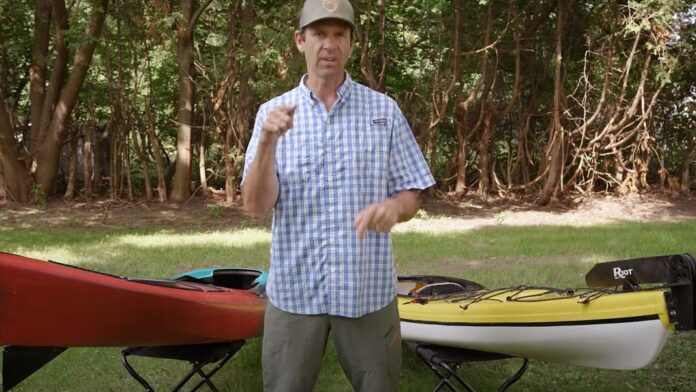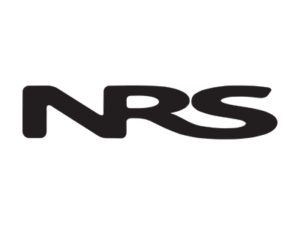If you're not an experienced sea kayaker, or if you don't have a kayak with a rudder or a skeg, then you may be wondering what these things are all about. Perhaps you were wondering if your kayak should have a rudder or skeg. In this article, I'll be breaking down the basics of these optional, but sometimes welcomed paddling tools.
What is the difference between a skeg and a rudder?
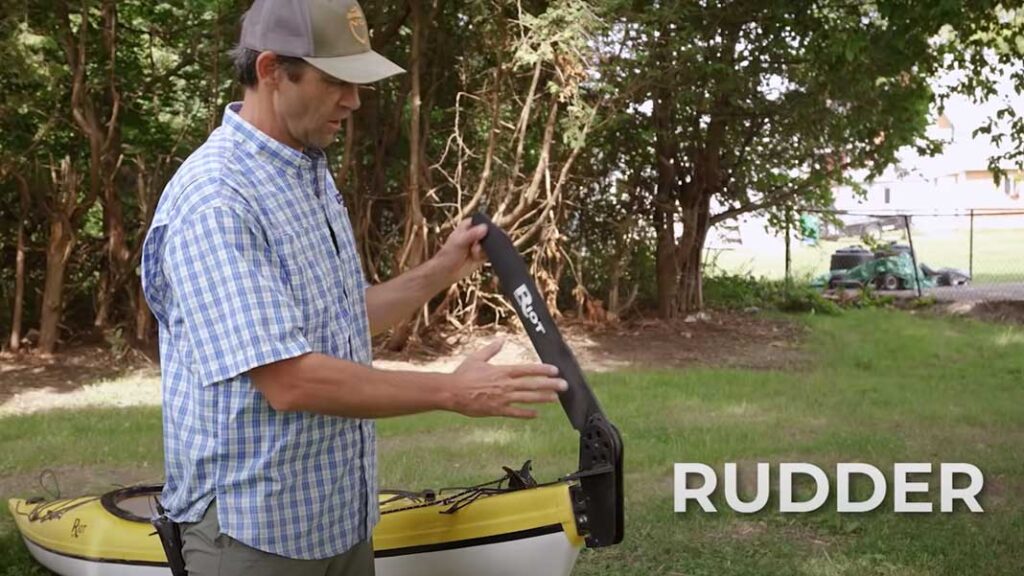
A rudder is a long fin-like blade that sits on the back deck of some kayaks. A kayak rudder can be deployed by hull lines that run along the sides of the boat. Once in the water, a kayak rudder is controlled by foot pedals, which help the rudder (and consequently, the kayak) turn.
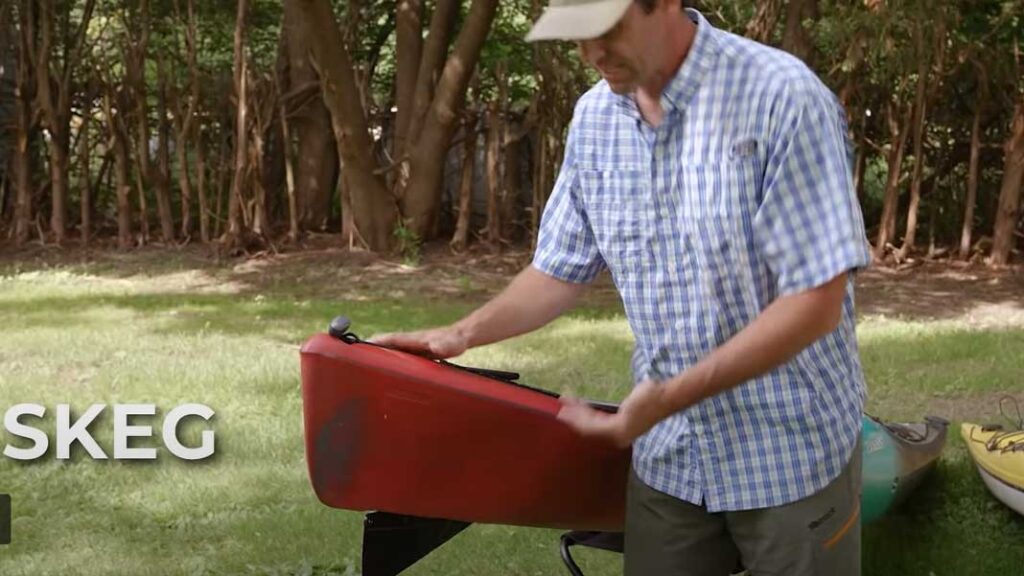
A skeg, on the other hand, is a fin-like blade that drops into the water directly from the interior of the kayak. In most hardshells, skegs are retractable and can be deployed to varying degrees. When it comes to inflatable kayaks (that come with skegs), the unit is permanently fixed in place, or it can be removed before pushing off. But either way, this is a binary, premeditated decision.
Aside from stowing position, the biggest difference between a rudder and a skeg is that a skeg can't turn.
Do you need a kayak skeg or a kayak rudder?
Nope, these are simply steering aids. With good paddling technique, you'll be able to turn just as effectively in a kayak with or without a rudder or skeg. These added fins simply shine while paddling in windy conditions – helping to combat the natural forces that seek to turn your boat.
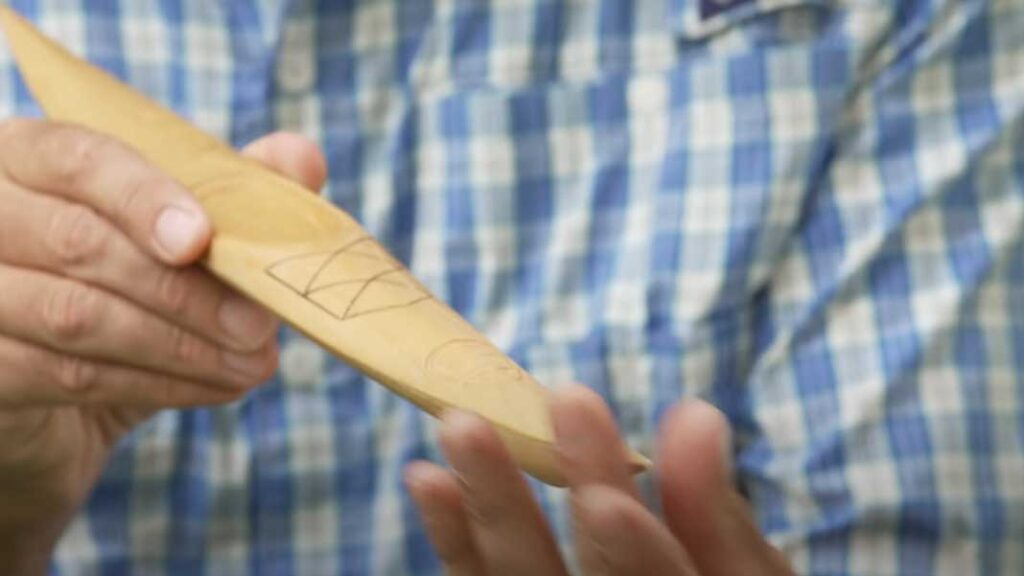
Weather-cocking in a cross wind
For example, something called “weather-cocking” occurs when a persistent cross-wind acts more forcefully on the stern of the kayak rather than the bow (since the water that rushes head-on against the bow stabilizes its position). This causes the stern to give way, in turn turning (ha!) the nose of the kayak into the wind. A rudder or a skeg (which act from the back of the boat) nullifies this effect and keeps you chugging onwards.
Longer paddles in the wind
So if you're someone who plans on doing long paddles in blustery waters (you can get away with more during short sessions), then you may want to consider having a rudder or a skeg on your kayak.
Another thing to note is that kayaks under 14-feet generally don't need a rudder or skeg because they're already quite maneuverable. They become much more valuable in longer sea kayaks.
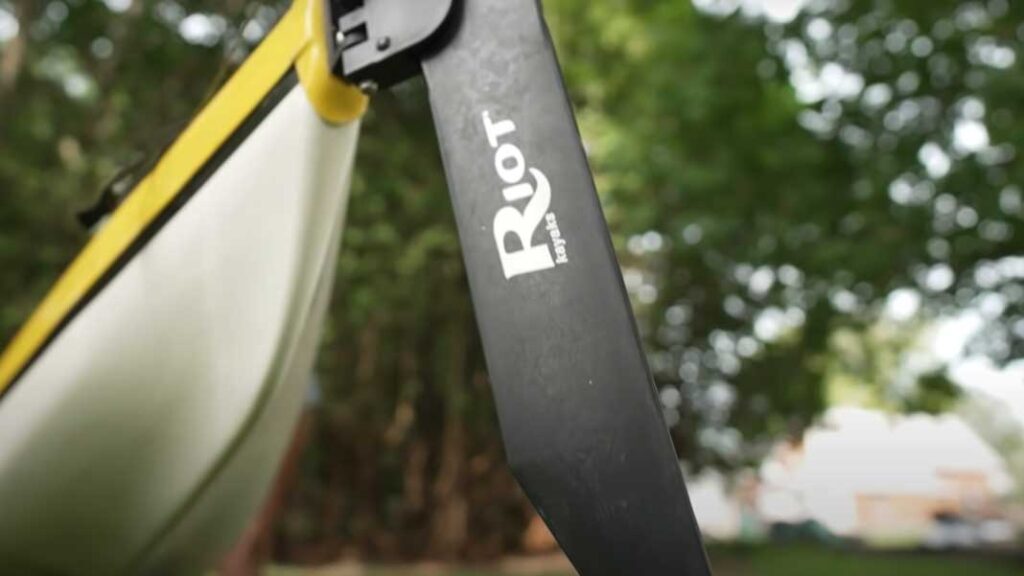
Rudders Can Turn Side to Side
Let's look a little closer at how rudders and skegs actually influence the kayak. Because a rudder can turn side to side, it is a big help in steering the boat. Especially when fighting those cross-winds. If the wind is coming from the left, then your kayak will want to turn to the left. Pushing on the right foot-pedal (which causes the kayak to turn right) will make the rudder neutralize this motion. The reverse is true for a wind coming from the right.
Skegs Stabalize the Stern
In terms of skegs, dropping it into the water will help stabilize the stern, so that the paddler doesn't have to work as hard to combat the weather-cocking. Retractable skegs can be deployed in different ways. The further the skeg is “lowered”, the more it will hold the stern in place. If the skeg is fully set into place, but the cross-wind is modest, then the opposite effect will be manually induced. The kayak will turn away from the breeze.
Since every skeg, kayak, and paddler is different, good old trial and error will help dictate what's appropriate in what conditions. And this is a great excuse to go paddling more often (and even seek sub-optimal conditions).
How do you stop a kayak from turning?
If you are a proficient paddler, then you'll be able to work against the destabilizing effects of a cross-wind (i.e. weather cocking) without the assistance of a rudder or skeg. The first thing you can do is use more sweep strokes on one side of your kayak. The kicker is that constant corrective strokes can be pretty exhausting if you're staring down a long, straight stretch.
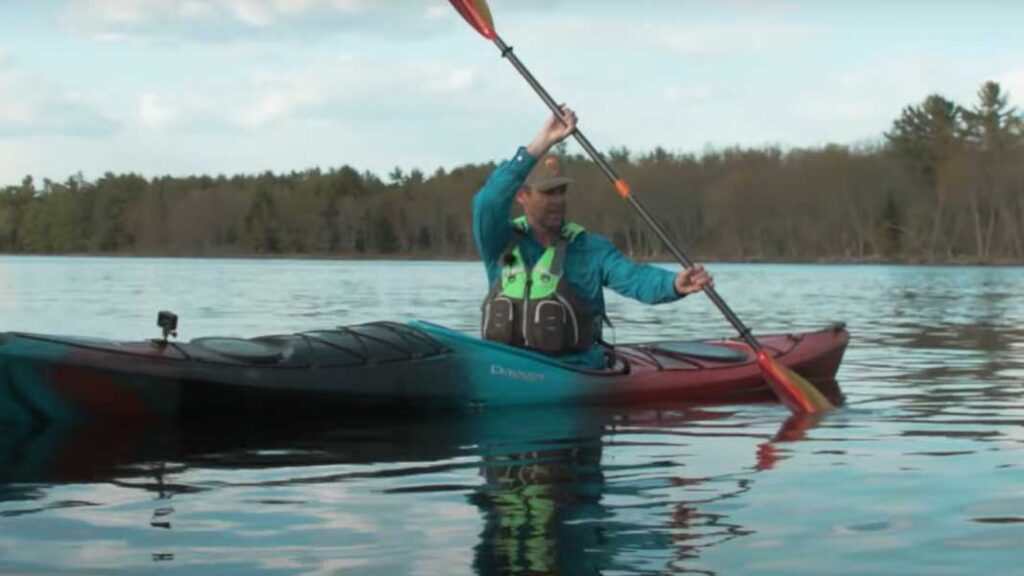
So your other option is to tilt the kayak into the wind, which will produce a similar stabilizing effect. The trick here is that not everyone is going to feel comfortable holding a kayak on edge while paddling. And that's okay, this is where a rudder or a skeg will be happy to bail you out.
Can you install a rudder on any kayak?
Kind of… Some hardshell kayaks, though rudderless, come ready for one to be added. Holes are already drilled, and attachment points are in place, they just don't have the fin and cables set up. In this case, an after-market system can certainly be rigged up.
DIY Rudders
If your kayak doesn't show any signs of being rudder-ready, you can still install one if you're a handy, D.I.Y. person. But be prepared to make some committed moves as you drill holes close to the waterline. You might be asking for trouble if you're a measure-once kind of craftsman. Personally, I wouldn't go messing around like this.
Second hand kayaks with rudders
Instead, I recommend exploring the second-hand kayak market. Maybe put your boat up for sale and try to find a sweet deal on something that already has a rudder.
Are there reasons to avoid rudders or skegs?
Let's not forget about the downsides of rudders and skegs. These should be weighed when trying to make the right call for your kayak. First of all, these thin plastic fins are extremely prone to damage. Whether you're transporting your kayak or cruising on the water, these things can, chip, bend, or break, and the cables that control the rudder can also snap.
Fins can be dangerous
And while you can hurt your fin easily enough, it can also hurt you (in minor but annoying ways). I can't tell you how many times I've been loading/unloading a kayak with a rudder and banged my head on it, been smacked when it suddenly dropped down, or cranked my shin on it while walking by.
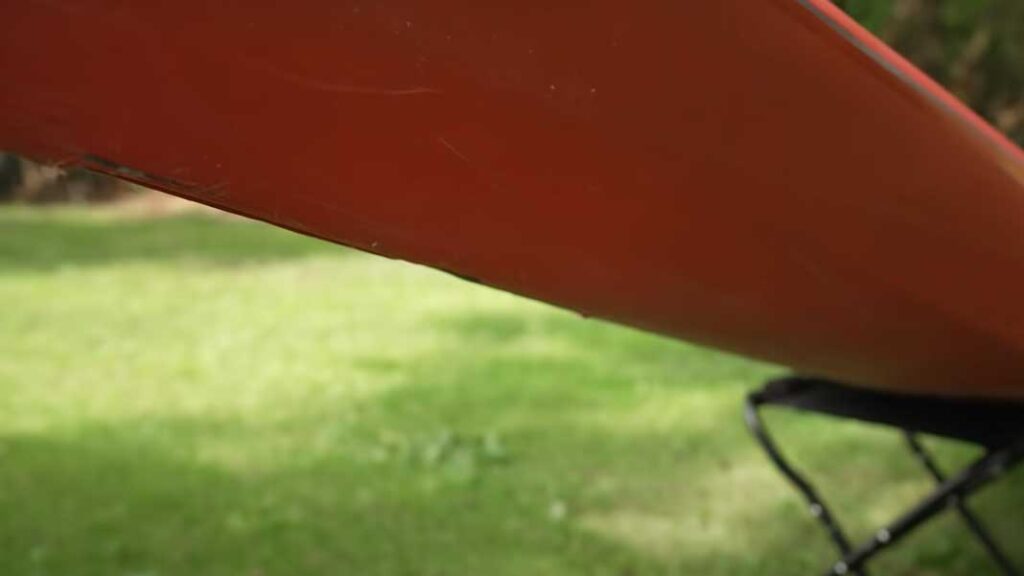
A skeg-specific drawback is that it takes up storage space inside the kayak's hull. So if you aspire to do multi-day paddling trips and need to bring lots of camping gear, then you may want to steer clear of this retractable tool.
Don't forget the skeg is down
Another silly but prevalent thing to watch out for is that you may often forget that your skeg is down and end up needlessly causing yourself all kinds of hassles when the paddling should just be straight forward. So if you opt for the skeg, remember what position you put it in.
Not recommended unless they add value
Because of these potential downsides, you shouldn't have a steering system just for the sake of having it. You should only opt for a rudder or a skeg if it consistently adds value to your paddling experience.
I hope this breakdown helped you make sense of the pros and cons of rudders and skegs. Personally, I'm fine paddling kayaks with or without a rudder/skeg, but I also rarely care if it has either.
Long hauls and tandem sea kayaks
Other than long hauls in the wind, the times when I appreciate having a rudder (in particular) is when I'm paddling a tandem sea kayak with my daughter. In those cases, I find a noticeable improvement in my ability to turn the long vessel.
If you liked this article then tune in to PaddleTV and subscribe to the In4Adventure newsletter for a constant stream of paddling tips, gear reviews, and riveting waterbound excursions.



